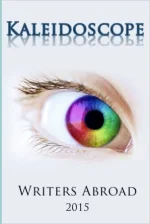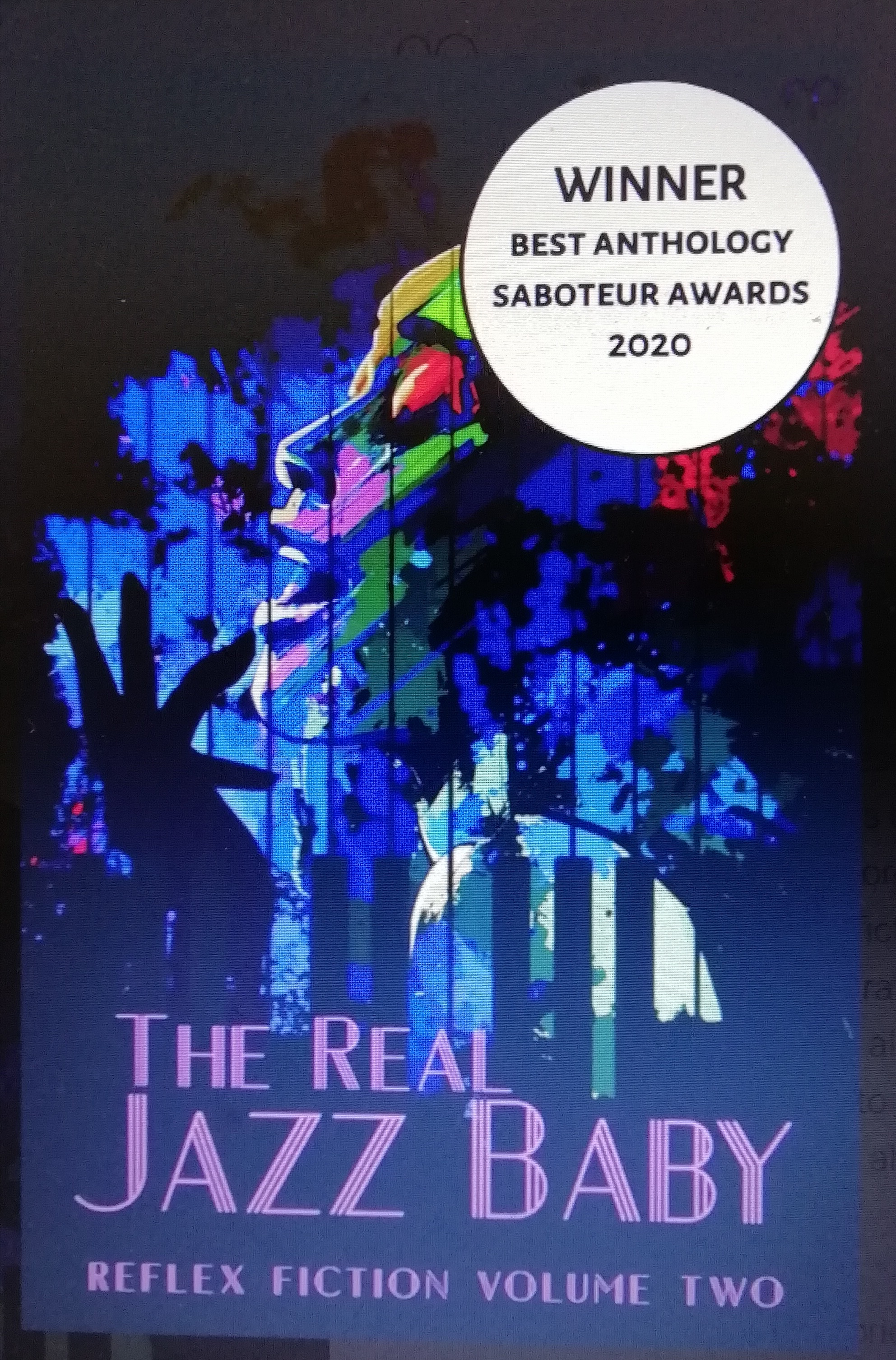A Night in the Museum
Only last week I was invited to an evening in the Rijksmuseum by a girlfriend who is a friend of the institution. The event offered a chance to speed-date with various experts dotted around the museum and you could linger by paintings or artefacts and learn from the specialists’ knowledge. Our first port of call was the doll’s house that featured in the book, The Miniaturist.
Of course I have a Museumjaarkaart, (an overpriced 64,90 euros per year) and I can visit the Rijksmuseum whenever I want, but I hadn’t seen the doll’s house since before the 10-year renovation, so pre 2003. More pertinently I hadn’t seen the doll’s house since reading historical novel with magic realist elements by Jessie Burton. The TV adaption was broadcast over Christmas 2017 and in the Rijks I recognised the house instantly from BBC set designs. Just the three of us alone in the room with the doll’s house was quite an experience. Usually one would have to shuffle behind endless amounts of tourists to admire this priceless, miniature world.
I told my Dutch girlfriends what a great novel The Miniaturist was and quickly googled to find out what the book was called in Dutch. Het Huis aan de Gouden Bocht. Literally translated; ‘The House along the Golden Bend.’ The Golden Bend is the curve in the Herengracht (one of the ring of canals) where the most prestigious houses were situated during the Dutch Golden Age.

Painting of The Herengracht in the Golden Bend
Lost in Translation
It amazes me how book titles can change so radically in translation. And it also got me wondering if now with the controversy around the Dutch Golden Age terminology, it hadn’t been a poor choice. The book is good, do read it, but pay no heed to the Dutch title, which to my mind makes it sound like a rather dull history book.
In September this year, the powers that be at The Amsterdam Museum, announced that they were going to scrap the term, Golden Age. In a bid to be more inclusive and truthful about history, this period will be known in the museum simply as the 17th Century.
The name Golden Age was coined because the Netherlands was an economic and military world power in the 17th century, said curator Tom van der Molen. “The term ignores the negative aspects such as poverty, war, enforced labour and the slave trade.”
Post-Colonial Guilt
Generally speaking the Dutch do not suffer greatly from post-colonial guilt, so this announcement has met with quite some resistance. The Rijksmuseum announced that they would continue using the term Golden Age because it also represented a flowering period in the visual arts and in their exhibitions they strive to show all sides of the the era, warts and all. Changing the name would simply be a whitewash of history.
The Prime Minister, Mark Rutte, said the discussion was rather silly (I’m paraphrasing) and that a small country like the Netherlands should be rightly proud that it had achieved such power on the world stage. Of course there were things that wouldn’t stand the light of day nowadays but we should mention those too.
While I agree it wasn’t a Golden Age for everybody, I’m not entirely convinced that the term should be scrapped completely. Probably two generations from now youngsters will never even have heard of the Golden Age, and whether that’s a good or a bad thing, well I leave that up to you.




GOT IT
LikeLiked by 1 person
I too recommend both the book and the TV adaptation, they are well worth taking the time to read/watch. I agree it’s always interesting and sometimes surprising to see the French name of an English language film. You make some very good points. Speaking from an English point of view, I’d like to add that the history we are taught at school is often skewed according to the country you’re in, eg, the history of both world wars is taught from the English point of view and school children learn very little about the other countries involved, and their people, who also suffered enormously. It’s always worth looking at historical events from someone’s else’s standpoint and to hopefully learn lessons from it.
LikeLiked by 1 person
Thanks for commenting, Cheryl. You make some great points. You’re right, we all tend to look at world events through our own prism! You must see the same thing with translation of English novels into French. Often in the Dutch translation the title makes it sound like a totally different book!
LikeLike
Thanks for this post about the book as well as the actual doll’s house. I did see it in 2014 in the Rijksmuseum not long after it reopened. Writing a novel about a work of art is a great idea. Think also The Girl With the Pearl Earring.
LikeLike
Thanks, Debbie! Indeed, art can be inspiring in so many ways. ‘Girl in Hyacinth Blue’ By Susan Vreeland was another one I enjoyed. Short stories about all the different owners of Vermeer’s titular painting. You don’t hear much about it nowadays unfortunately.
LikeLike